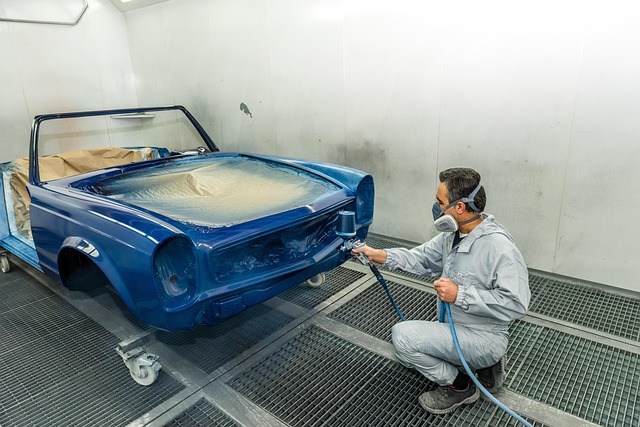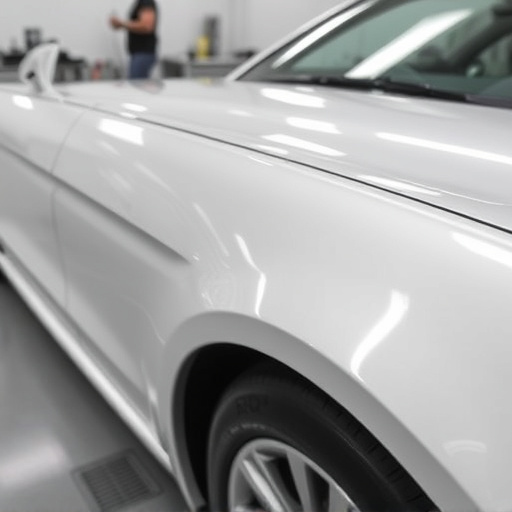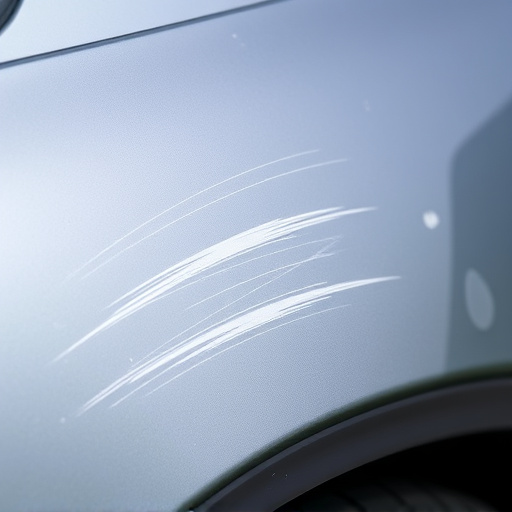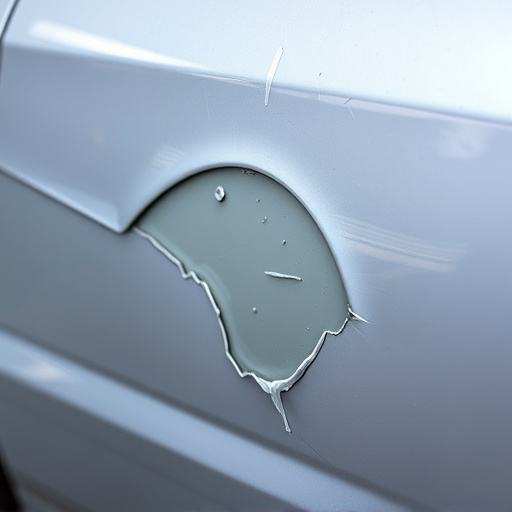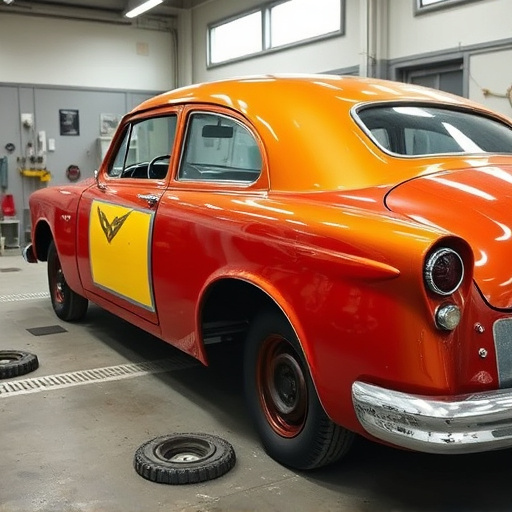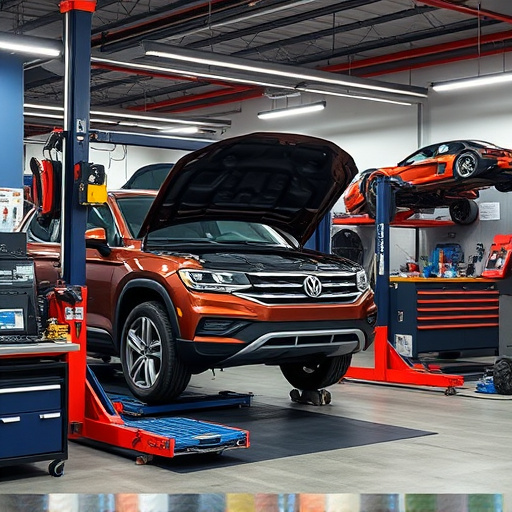Plastic welding technology is revolutionizing the automotive industry by enabling safer, lighter, and more eco-friendly vehicles. It allows manufacturers to integrate plastic components seamlessly, reducing vehicle weight without compromising structural integrity, which contributes to improved fuel efficiency and lower carbon emissions. In fleet repair services, restoration, and body work, this technology extends component lifespans, reduces waste, saves costs, and enhances aesthetic appeal while adhering to stringent safety standards. By minimizing material waste and energy consumption in repair processes like auto glass and frame straightening, plastic welding technology is an eco-friendly game changer, setting a new standard for car body repairs.
Plastic Welding Technology: Revolutionizing Auto Manufacturing
In today’s competitive automotive landscape, adopting innovative technologies is crucial for staying ahead. Plastic welding technology emerges as a game-changer, offering significant advantages over traditional methods. This article explores why it should be the new standard in auto shops. From lightweighting and enhanced design freedom to cost-effectiveness and rapid production, plastic welding drives sustainability, improves vehicle personalization, and streamlines manufacturing processes, making it an indispensable tool for modern auto industry.
- Lightweighting and Fuel Efficiency
- – The role of plastic welding in reducing vehicle weight
- – Impact on fuel consumption and environmental benefits
Lightweighting and Fuel Efficiency
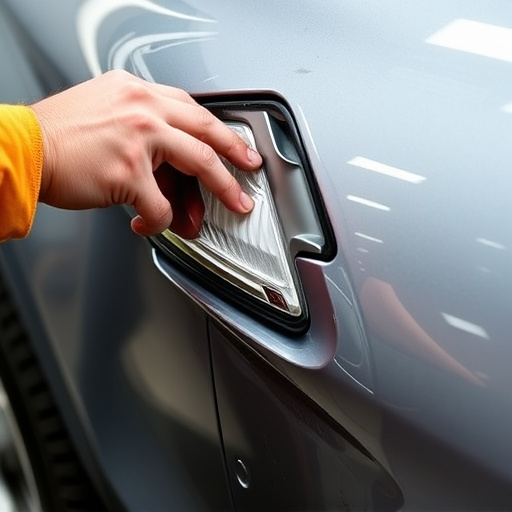
The automotive industry is constantly evolving to meet the demands for safer, more efficient, and environmentally friendly vehicles. One significant aspect that contributes to these advancements is the adoption of lightweight materials in vehicle construction. Plastic welding technology plays a pivotal role in achieving this goal. By enabling the seamless fusion of various plastic components, it allows manufacturers to reduce the overall weight of automobiles without compromising structural integrity. This is particularly crucial in achieving improved fuel efficiency, as lighter vehicles require less energy to operate and reduce carbon emissions.
In the realm of fleet repair services, automotive restoration, and automotive body work, plastic welding technology offers numerous advantages. It facilitates the repair and rehabilitation of plastic parts, ensuring longer lifespans for components that might otherwise be discarded. This not only conserves resources but also contributes to cost savings for both auto shops and consumers. Moreover, the ability to weld plastics allows for more intricate and precise designs, enhancing the overall aesthetics and performance of vehicles while adhering to strict safety standards.
– The role of plastic welding in reducing vehicle weight
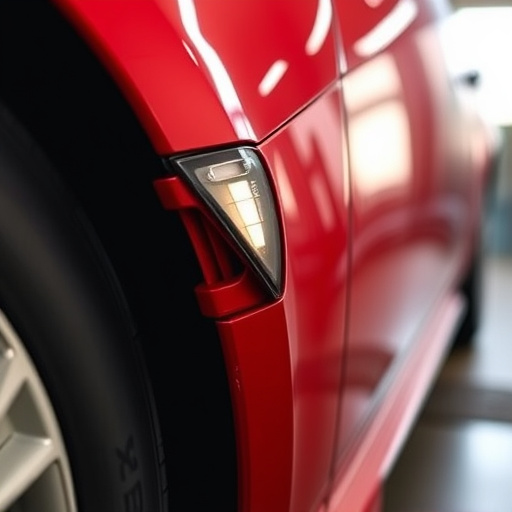
The automotive industry is constantly evolving, with a growing emphasis on sustainability and fuel efficiency. One way to achieve these goals is by reducing the overall weight of vehicles. Plastic welding technology plays a pivotal role in this strategy. By enabling the fusion of diverse plastic materials, it allows for innovative light-weighting solutions in car body repair and fender repair processes. This is particularly significant in the realm of body shop services, where traditional joining methods often lead to heavier components.
Plastic welding offers numerous advantages, including improved structural integrity, enhanced aesthetic appeal, and reduced environmental impact. It enables auto shops to create seamless repairs, ensuring vehicles not only perform better but also look as good as new. This technology is a game-changer when it comes to modernizing the car body repair process, making it more efficient, cost-effective, and environmentally friendly.
– Impact on fuel consumption and environmental benefits

Plastic welding technology offers a compelling solution for reducing a vehicle’s environmental footprint. By facilitating efficient repairs and replacements, it diminishes the need for excessive manufacturing and resource extraction. This is particularly evident in auto glass repair and frame straightening processes, where traditional methods often necessitate significant material usage and energy consumption. Plastic welding reduces waste by allowing for precise, localized repairs, minimizing the demand for new parts and the associated carbon footprint.
For instance, in Mercedes Benz repair, plastic welding can be instrumental in preserving the integrity and longevity of components, deferring the need for frequent replacements. This not only saves costs for both mechanics and owners but also contributes to a more sustainable automotive ecosystem. The reduced need for raw materials and energy-intensive manufacturing processes translates into lower greenhouse gas emissions, making plastic welding technology an eco-friendly game changer in the auto industry.
Plastic welding technology offers a compelling solution for auto shops aiming to enhance lightweighting and fuel efficiency. By adopting this advanced technique, garages can contribute significantly to reducing vehicle weight, decreasing fuel consumption, and minimizing their environmental footprint. The benefits are clear: improved performance, cost savings, and a step towards a more sustainable future for the automotive industry. Thus, making plastic welding technology standard in auto shops is not just desirable but essential for staying competitive and environmentally responsible.
